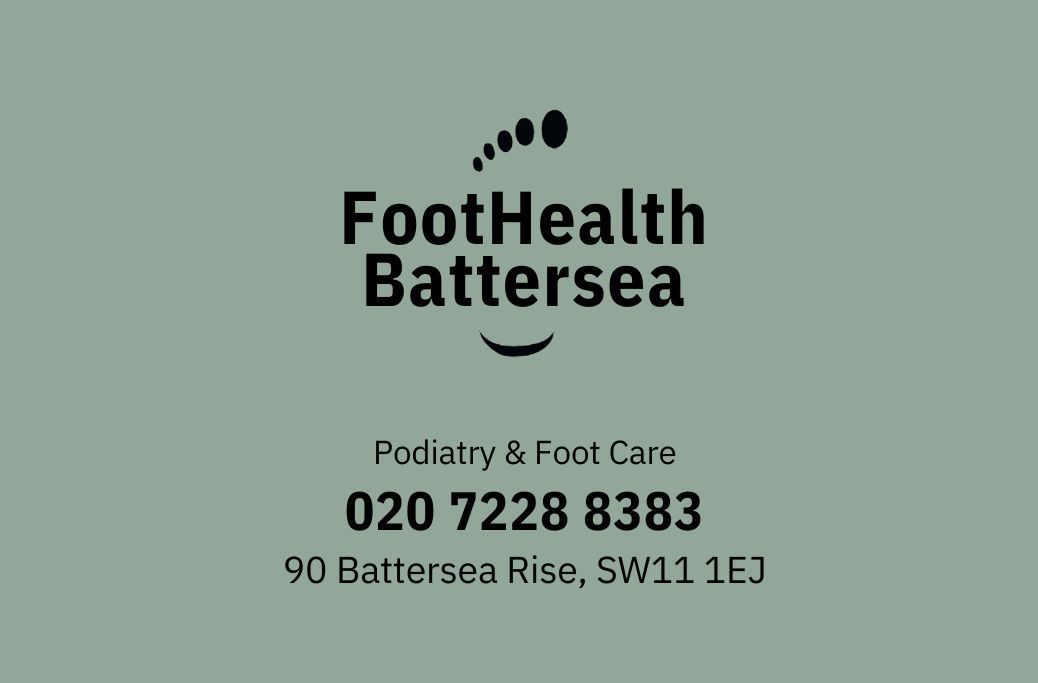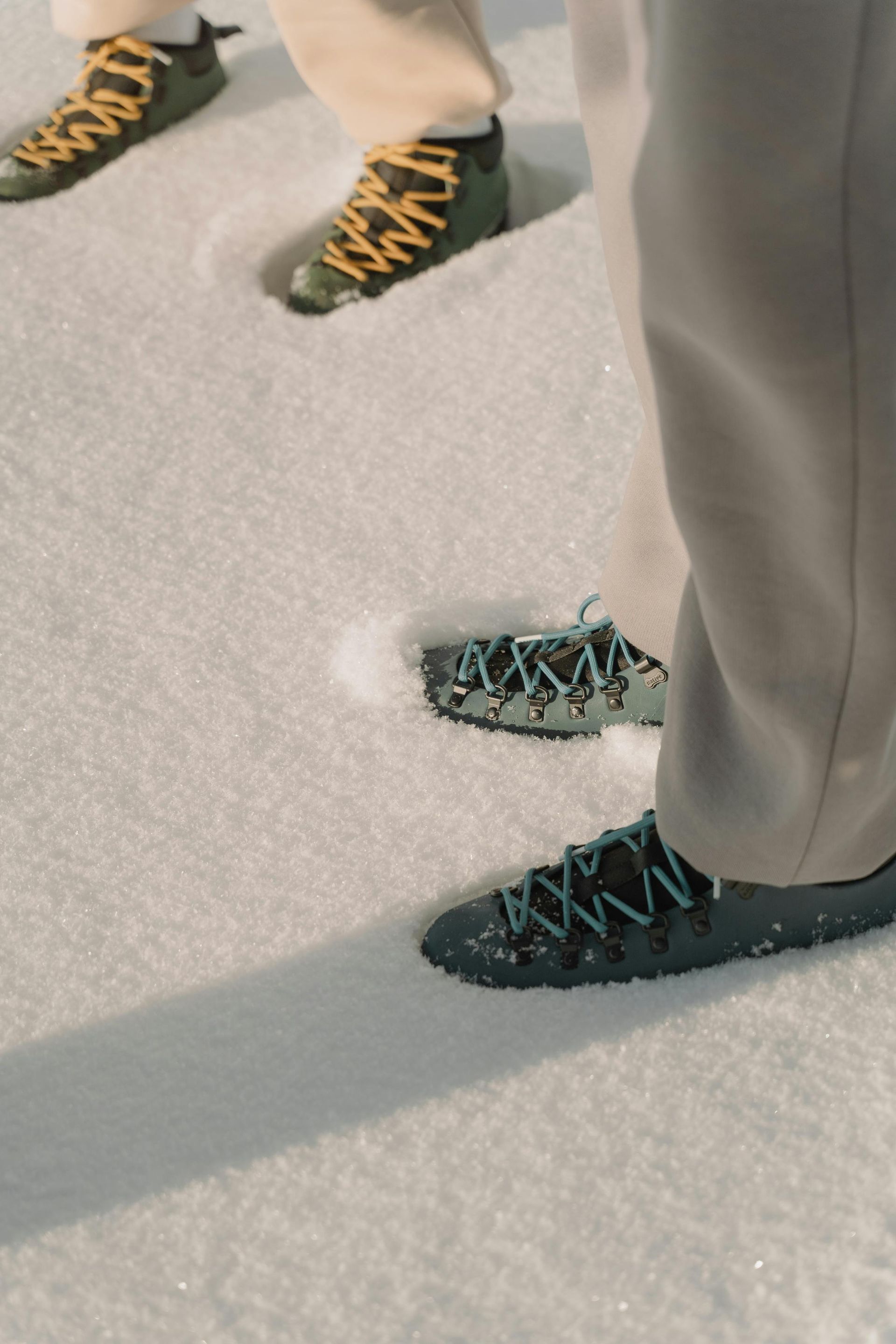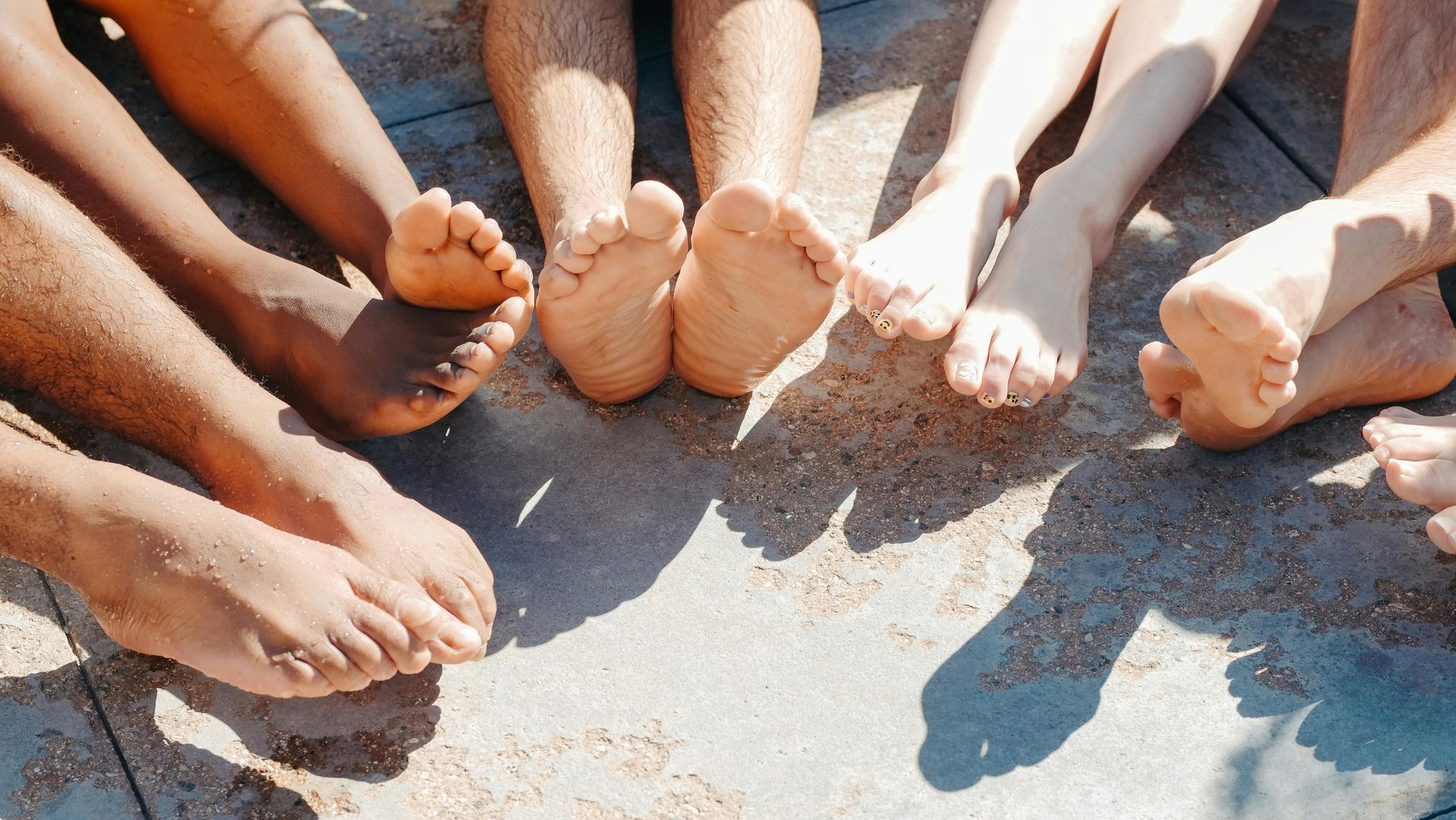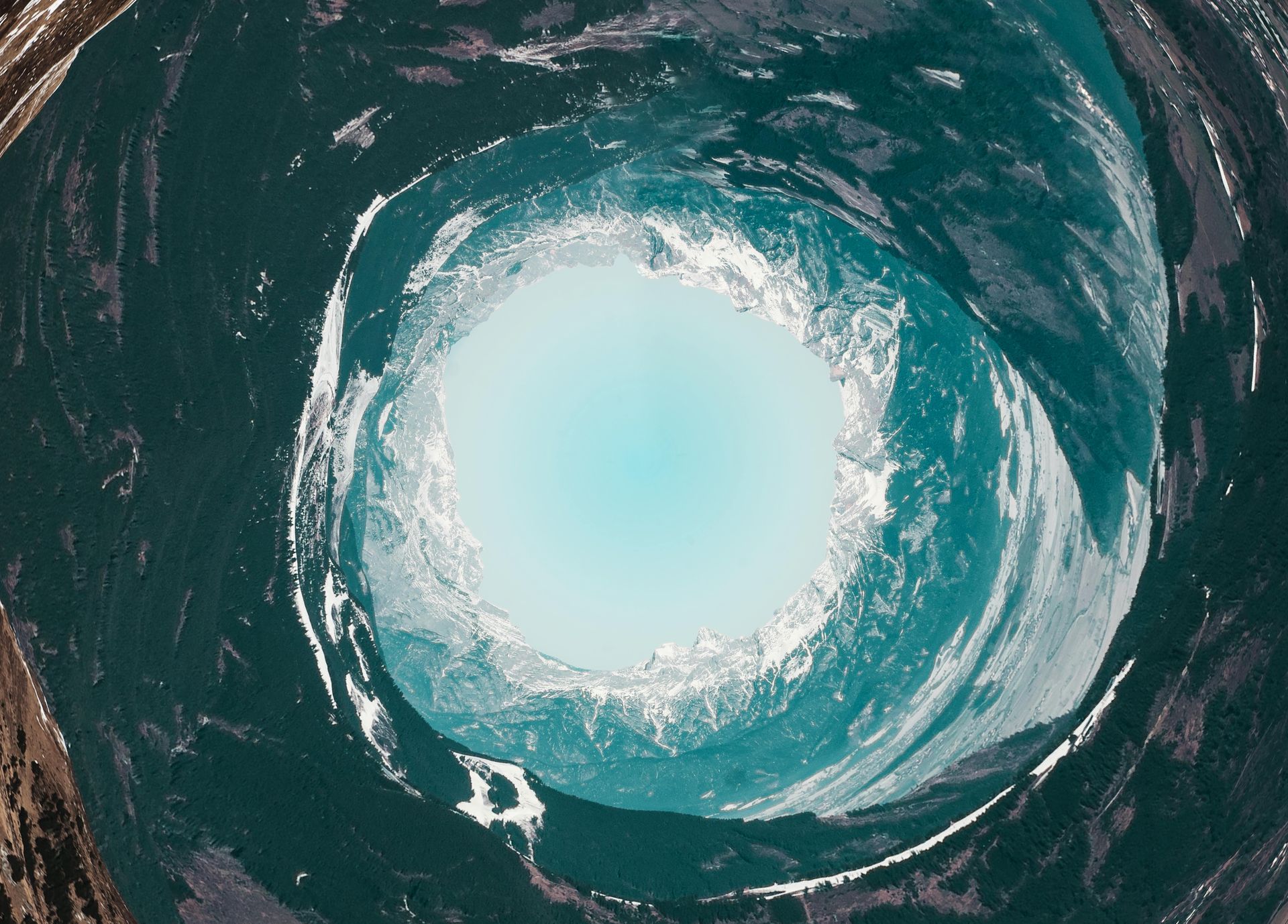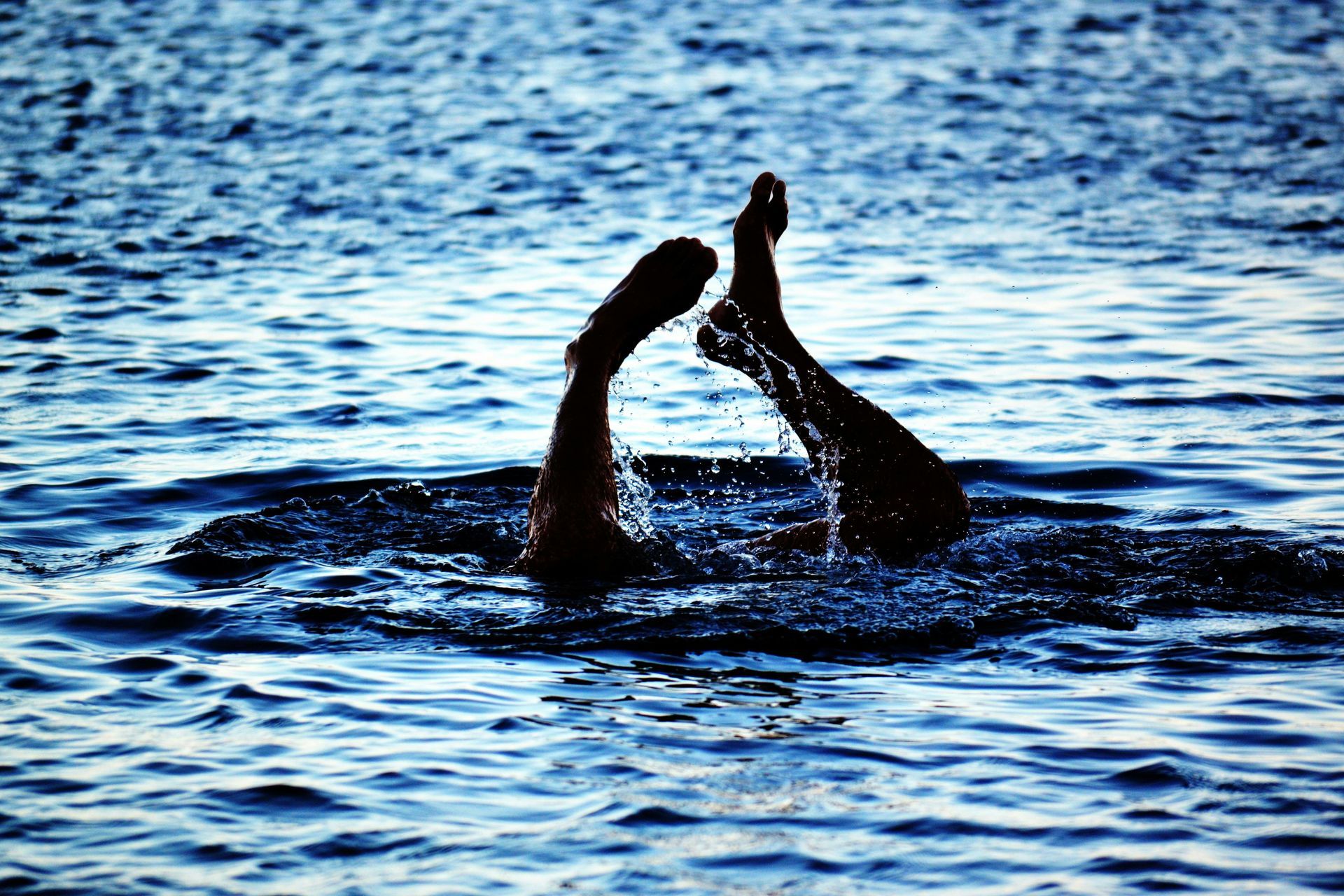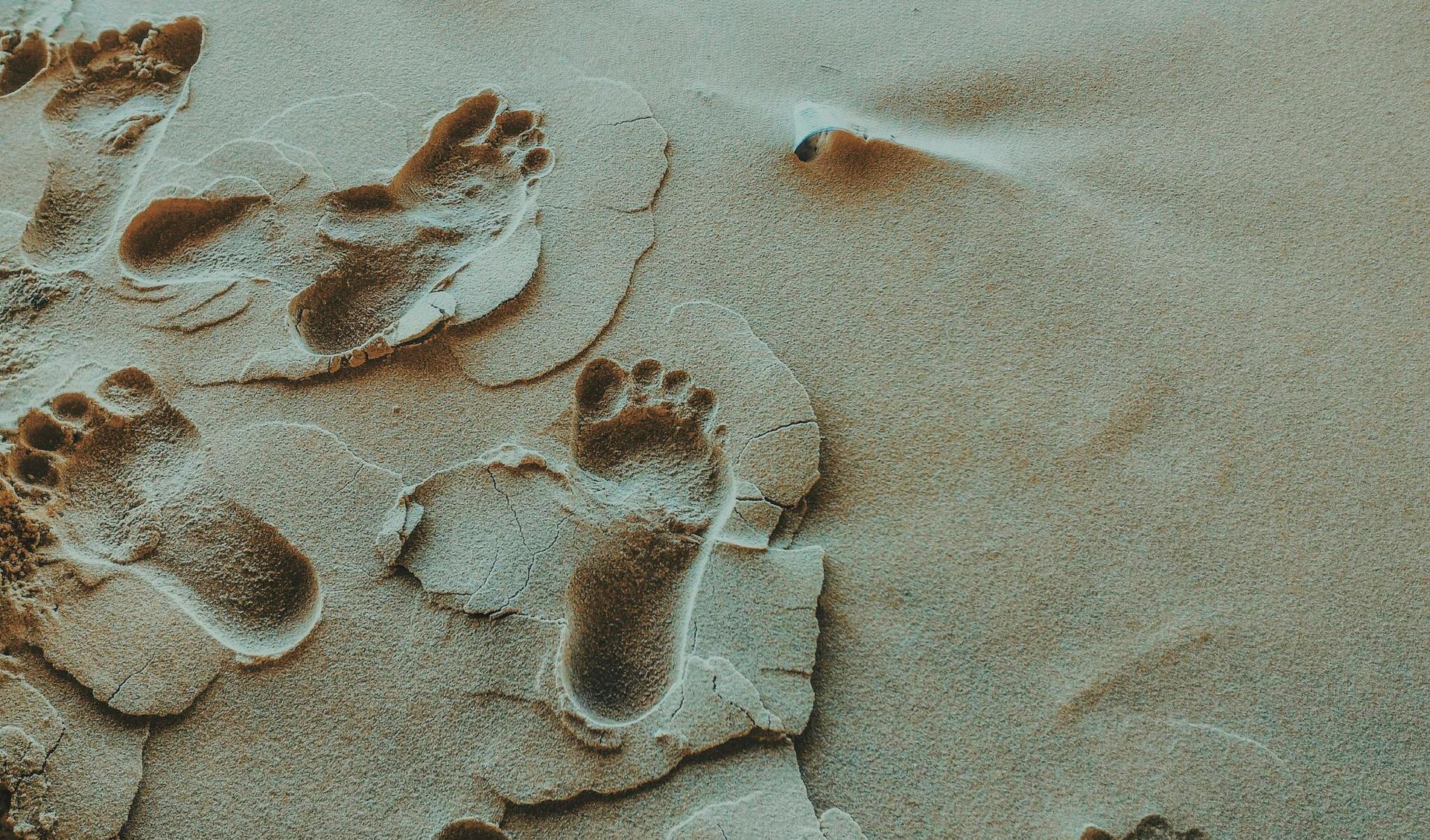Itchy Feet Got You Like...
Val Reeves • 10 December 2020

So this week we have been taking a look at itchy feet and the folk-lore behind why you may be experiencing it...but now it's time to take a further look at two medical reasons that may be the cause of your itching.
Athlete's Foot:
One of the most commonly known reasons for itchy feet is Athlete's foot. But did you know that Athlete's foot is not just reserved for the sporting inclined?! The medical name for Athlete's foot is tinea pedis, and it became known as Athlete's foot because it affects people whose feet tend to be damp and sweaty, often the case of those playing sport!
Athlete's foot is a fungal infection that thrives in a dark, warm and moist environment, and so inside the shoe is the perfect environment for an infection to develop.
Athlete's foot can be spread by direct contact or by touching a surface that has been in contact with the infected area. Gyms and changing rooms are often cited as places for the infection to spread due to the warm, moist environment.
Athlete's foot is a fungal skin infection commonly found between the toes and on the sole of the foot. The skin becomes itchy which can cause real discomfort. Athlete's foot can cause the skin to flake and peel. As the skin is itchy you are more likely to scratch which can cause the skin to split. In severe cases a secondary infection can occur where the skin has split.
Without treatment the infection can worsen so it is best to see your podiatrist as soon as possible who will advise you on the treatment path and advice to clear the infection from your socks and shoes etc.
Chilblains:
A lesser known condition that can cause itching is Chilblains.
Chilblains affect the toes but can also affect the fingers, ears and nose.
They appear on the skin as small, itchy swellings which occur as a
reaction to cold temperatures.
They can be uncomfortable but rarely cause any permanent damage.
They will normally heal within a couple of weeks if further exposure to the cold is avoided.
The majority of sufferers develop Chilblains in the winter due to the low temperatures. They are especially common in the UK because damp and cold weather is the norm during the winter months. The low temperatures cause a restriction of a small branch of artery leading to the capillaries which supply blood to the skin. When the skin is warmed quickly this can lead to blistering, redness and itchy lesions. If you have poor circulation or if you work in an environment where you are regularly exposed to cold and damp conditions you may be more likely to develop Chilblains.
As with Athlete's foot, due to the likelihood that you will scratch at your feet, the skin does become susceptible to secondary infection and so it is best to seek advice from your podiatrist as soon as possible.
Did you know that the causes of itchy feet are often mentioned in folk lore and mythology, to find out if you will have good luck on a journey or if you are putting the right foot forwards, watch our video here.
